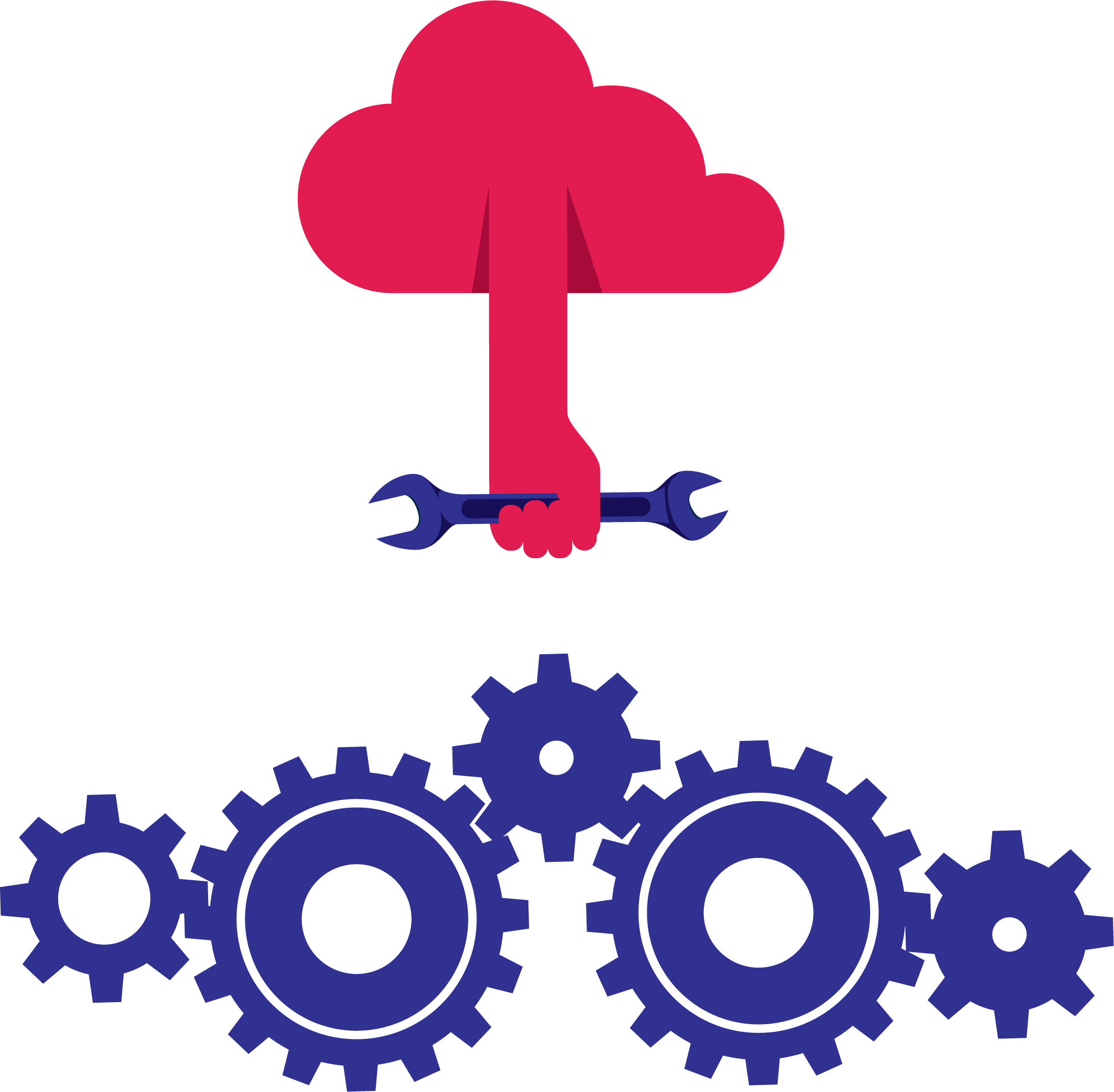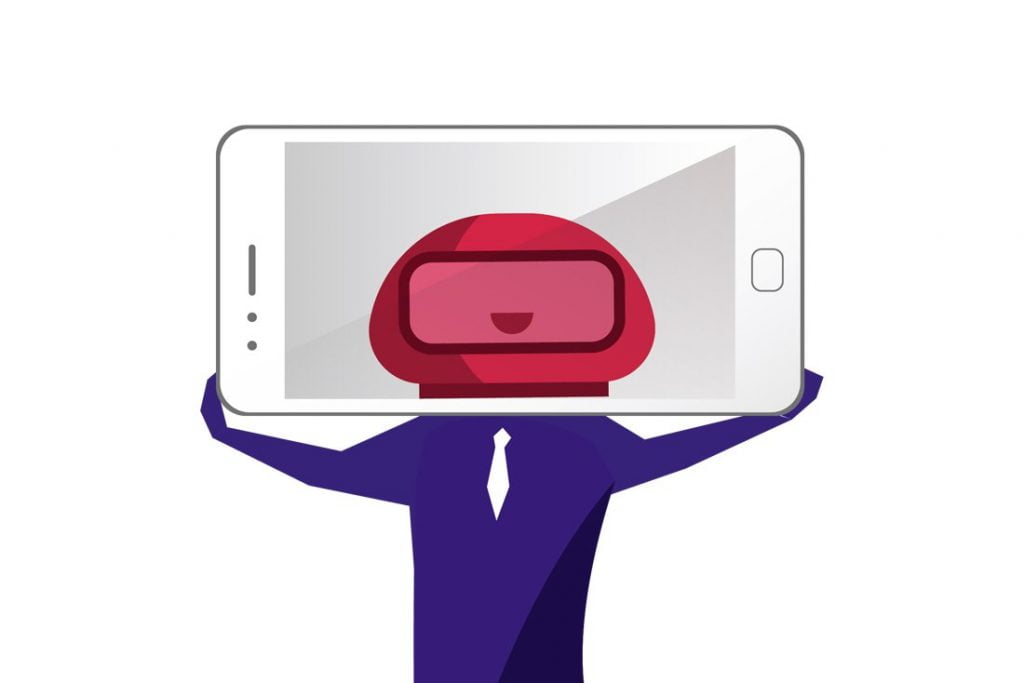“Hey Siri, what is a virtual agent?” Since the rise of Siri, Alexa and Watson, almost every smartphone user has their own virtual assistant. Companies also use their specific type of virtual ally. Virtual agents: how do they work, and how can they help streamline your customer service?
First things first. A virtual agent is a piece of computer software, typically supported by a fixed set of scripted rules or artificial intelligence, which is used to automate certain tasks and assist people.
Since the advent of virtual agents in the 2000s, technology has come a long way. Not only can virtual agents perform increasingly complex tasks, but users are also more and more open to interacting with them. In fact, Gartner predicts that 50% of knowledge workers will be using a virtual agent every day by 2025, as compared to 2% in 2019.
For example, companies are increasingly using virtual agents to help employees perform IT tasks. Virtual agents thus fulfil the function of support staff, guiding employees in how to reset passwords, or going through certain processes and tasks with them.
But customer service is the field where virtual agents have really earned their spurs in recent years. You come across them in the form of online chatbots on websites or in apps, where they help customers with questions, but also recommend products or carry out simple requests. And they are doing so successfully, because research predicts that, between 2020 and 2025, the market for chatbots will grow by 15.7% per year.
Virtual agent vs. virtual assistant
The terms ‘virtual agent’, ‘virtual assistant’ and ‘chatbot’ are often used interchangeably. This makes sense, because they are all automated services that help users to perform certain tasks. And yet there are subtle differences.
The term ‘virtual assistant’ is commonly used to refer to Siri, Watson, Alexa and the like – platforms that use the internet and other technologies to perform searches and digital tasks, such as making phone calls or updating calendars. The term ‘virtual agent’ is more associated with businesses, where these agents are used to help customers or employees.
Chatbots are a type of virtual agent that use a conversational interface to assist people. A chatbot is a bot that has conversations with people. These can be text-based (typed), oral or even non-verbal conversations.
How does a virtual agent work?
From basic to advanced: the complexity (and often the effectiveness 🙃) of a virtual agent depends on the type of technology on which it is based. In the early 2000s, most of them used a scripted model: programmers equipped the virtual agents with a predefined set of actions and responses.
Ten years later, the technology became more advanced, and nowadays machine learning and natural language processing increasingly form the basis for virtual agents. Natural language processing allows agents to understand and engage with users. Machine learning is an application of artificial intelligence that enables agents to process and learn large amounts of information.
We can also make a distinction between different types of chatbot (which, as we said earlier, are a particular type of virtual agent):
- Rule-based chatbots use pre-developed flowcharts to help people. They aim to guide people to the right answers using a fixed set of follow-up questions and answers.
- (Conversational) AI chatbots are a bit more advanced. These bots use machine learning and natural language processing to mimic human conversations. Their focus is on discovering a customer’s objective. The more the bots talk to customers, the better they understand people.
Virtual agents in customer support
Today, customer service is the main area in which virtual agents are successfully deployed. And by far the most popular use case is customer-facing chatbots.
Companies are now deploying both rule-based bots and conversational AI to streamline first-line support. Customer services are often overwhelmed with masses of simple questions, such as about return conditions, delivery times or refunds, which a chatbot can answer perfectly well.
The simplest bots might refer your customers to a FAQ page, where they can find the answer to their question. More advanced chatbots can formulate a specific response themselves. Customer: “When will I receive my package?” Bot: “Between 5 and 7 September.” Useful.
The advantages of virtual agents in customer support
Nowadays, using a virtual agent is the number-one way to upscale your first-line support with a limited budget. But what exactly are the benefits of a chatbot for your customers, agents and business?
- Operational 24/7: Help customers quickly, every minute of every day. Virtual agents never sleep.
- (Often) multilingual: Hoi! Bonjour! Hello! Your virtual agent can conduct simple conversations in various languages.
- Smart: Next-gen virtual agents do more than just answer your customers’ questions. They also analyse your support and make suggestions to improve your conversations.
- Multichannel: WhatsApp, Facebook or your website? You can integrate your virtual agent into the channels that your customers prefer to use.
By doing this, bots can handle up to 60% of inbound customer questions, without human intervention. In other words: 6 out of 10 questions are resolved automatically. As a result, not only will your customers get help fast, but your agents will spend less time dealing with simple requests and can concentrate on more complex tasks. So your business can handle increasing volumes of customer enquiries with limited means.















